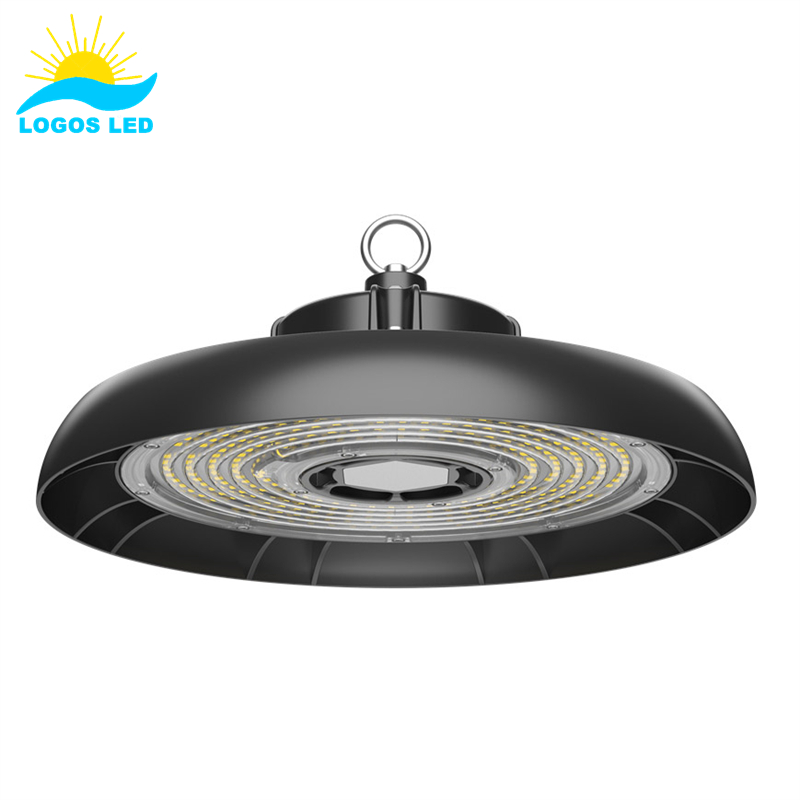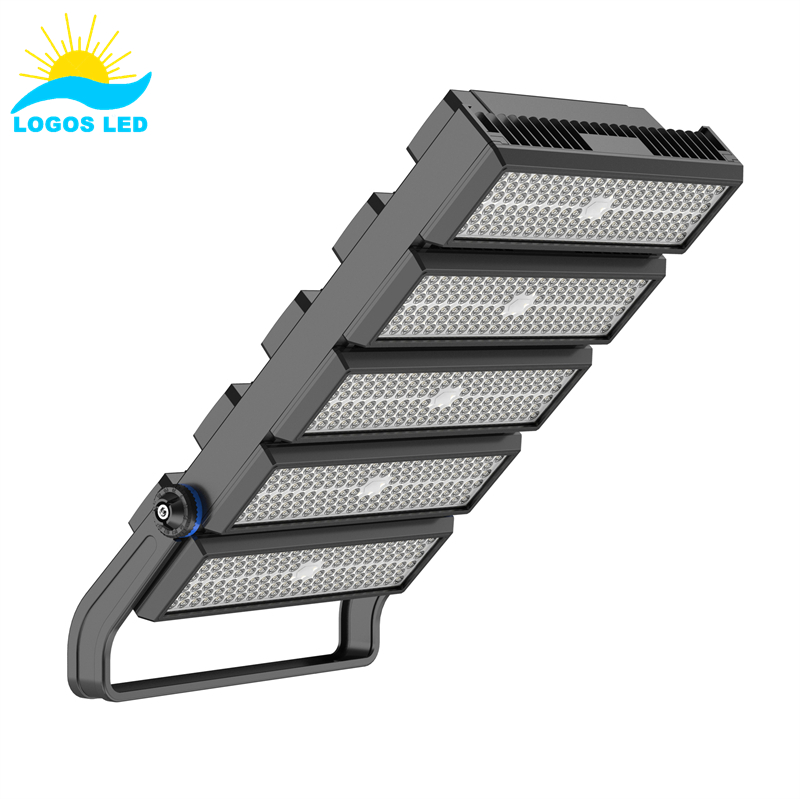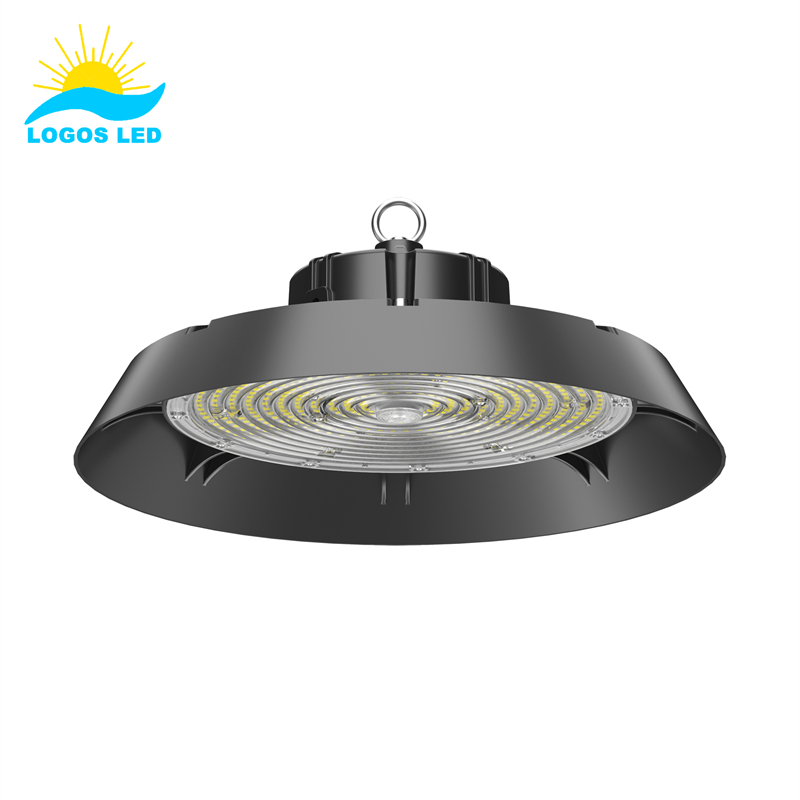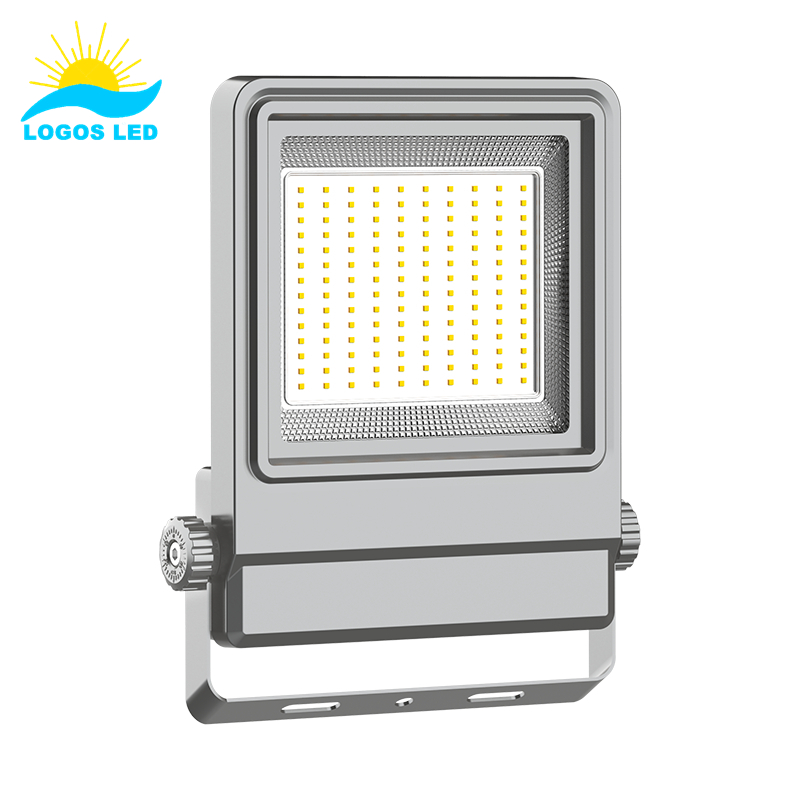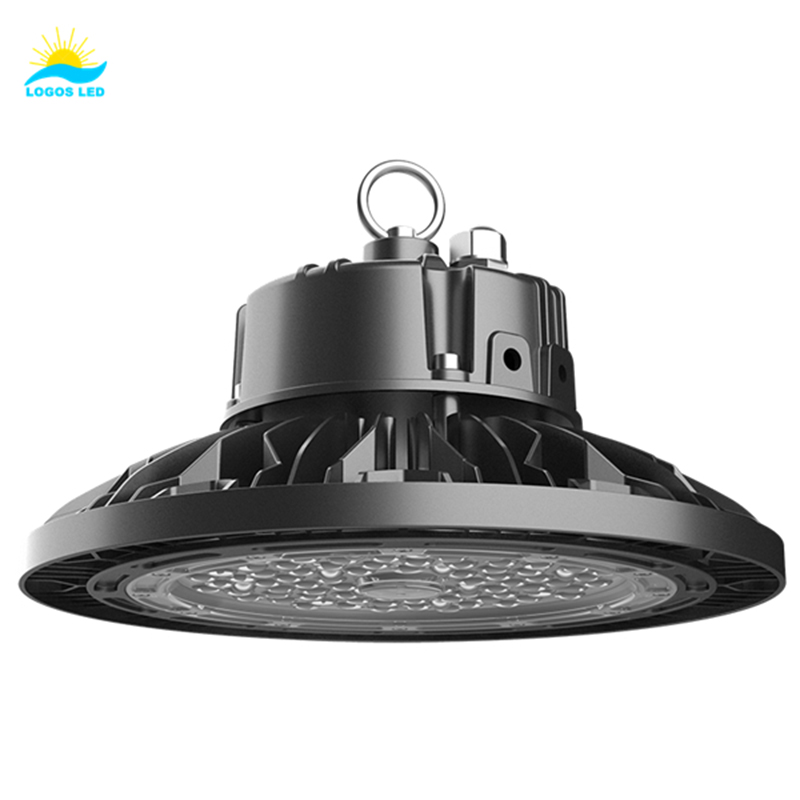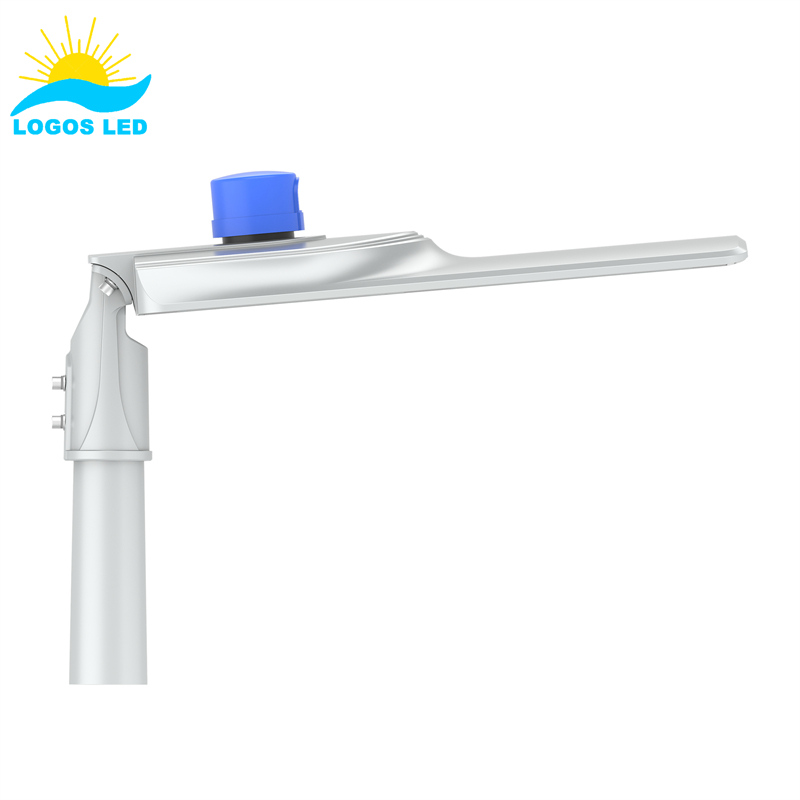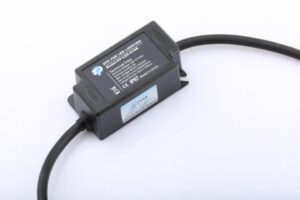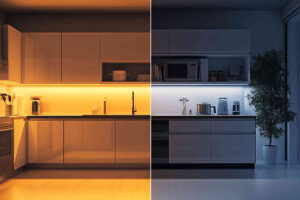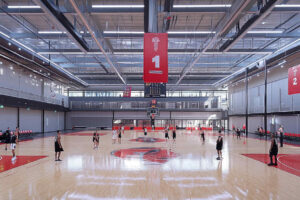Have you ever worried about bacteria and viruses everywhere, thinking about using UV disinfection lamps to stay safe? Before you flip that switch, you must understand the risks. Exposure to UV-C light can seriously harm your eyes and skin. Don’t worry, though—I’m going to show you exactly how to use UV disinfection safely and effectively.
Yes, UV disinfection lighting is safe when used correctly. UV-C light, also called Ultraviolet germicidal irradiation (UVGI), kills harmful germs by destroying their DNA. But UV-C poses health risks if people directly contact the light. Confusion arises because it kills germs and can also harm living things. To keep every user safe, you must follow proper UV lighting safety standards. So, proper installation, well-planned usage, clear warnings, training, correct protective equipment, and diligent adherence to OSHA UV lighting regulations are necessary to use UV sanitization lamps safely and effectively in commercial and industrial spaces.
Want to know how to safely get all the benefits UV disinfection lighting provides? Keep reading to learn exactly how.
Table of Contents
How Does UV Disinfection Work?
UV-C disinfection works through a simple process. Germs like viruses, bacteria, and mold have DNA or RNA in their cells. UV light—particularly UV-C—destroys this genetic material. When damaged, germs can’t reproduce or infect you anymore. Disinfection lamps emit strong UV-C rays, killing these harmful microbes when the light hits them. You will often find this technology in hospitals, factories, and public spaces to prevent infections. At Logos Lighting, we’ve seen how effective UV sanitization can really be when installed correctly. But remember, this same powerful energetic wave can also harm people, pets, and plants, which means safety precautions always come first.

UV Light
What Are the Main UV Exposure Hazards?
Direct exposure to UV-C rays can seriously harm you. It damages your skin, leading to painful burns similar to bad sunburns. Your eyes can suffer temporary or permanent damage too. Even short exposure may lead to a painful condition known as photokeratitis. Prolonged exposure has even worse consequences, causing skin aging or, in some cases, skin cancer. Some traditional UV-C bulbs contain mercury, adding another hazard if bulbs break. Handling broken UV-C bulbs carelessly causes exposure to mercury vapor. So, always handle UV disinfection lamps with great caution and follow all recommended safety steps to prevent accidents.
What Important UV Lighting Safety Standards Should You Know?
Safety authorities put specific UV lighting safety standards into place to protect us. Following OSHA UV lighting regulations ensures your safety every time you use UV-C products. Also, equipment should meet the international standard IEC 62471, which classifies the photobiological safety of lamps. Manufacturers must clearly label UV-C lamps, describing safety guidelines, usage restrictions, and health risks. Always check for these certifications and clear safety instructions when buying your equipment. At Logos Lighting, all products strictly follow international standards. We also provide clear guidelines for installation and safe use, protecting you from unnecessary risks.
How Should You Install UV-C Lamps Safely?
When installing UV-C lamps, ensuring safety is crucial to minimize UV exposure hazards. First, mount the UV-C lamps in a way that prevents direct sight of the bulbs, typically by using protective covers or barriers to avoid accidental contact. These lamps should be operational only when no people are nearby, using occupancy sensors or timers for control.
It’s also essential to post clear warnings near the UV disinfection lamps to inform everyone of potential hazards, significantly lowering risks. Always ensure installations are done by professionals who can confirm that the mounting meets safety standards to prevent issues like loosening or falling.
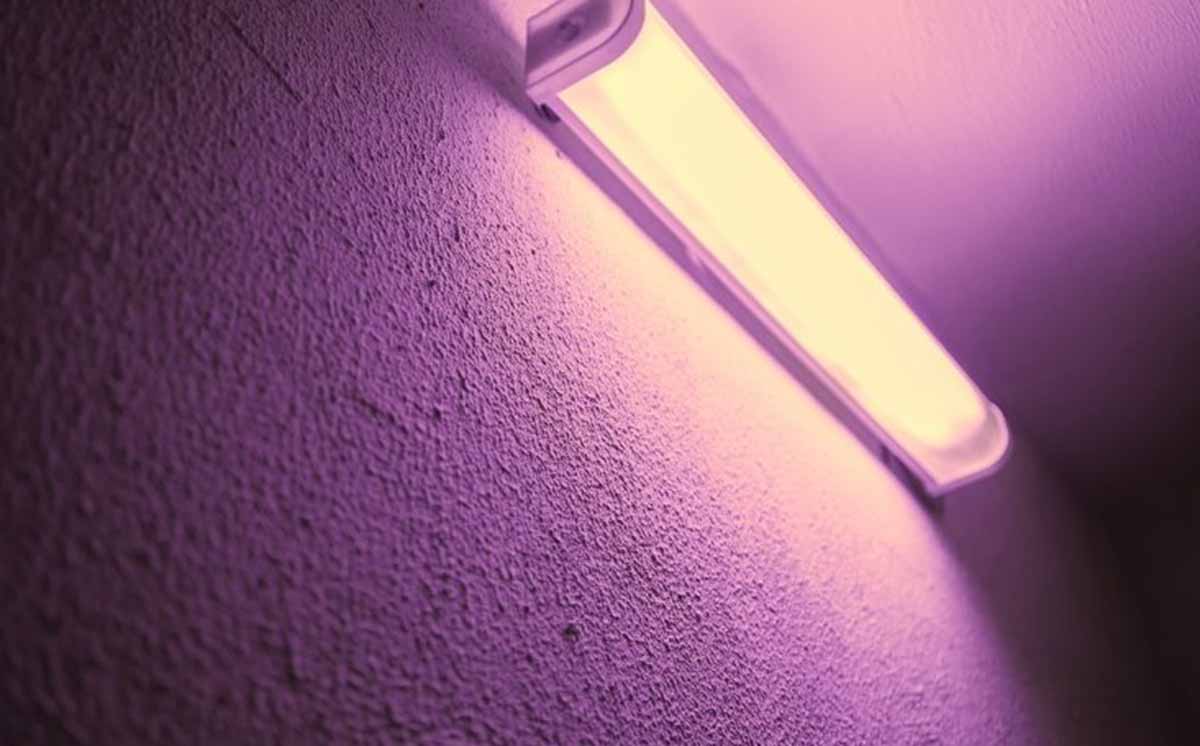
What Precautions Should I Follow When Handling UV-C Bulbs?
Careful handling prevents accidents and protects you from UV exposure and mercury contamination. Always wear safety gloves and eye protection when handling UV-C bulbs. Avoid touching bulbs with bare hands because skin oils damage the lamps, reducing their effectiveness and lifespan. When changing or disposing of UV-C bulbs, handle them very carefully. Immediately dispose of broken bulbs following drugstore hazardous waste rules or local city instructions. You will find many cities provide recycling centers specifically set up for mercury-containing bulbs. Following proper UV-C bulb precautions is vital.
What Animals and Plants are Vulnerable to UV Light?
Just like human exposure, UV-C lighting can severely harm pets and plants as well. Pets like dogs, cats, and birds have sensitive eyes, and UV exposure damages their health quickly. Avoid installing lamps where animals move freely. Similarly, houseplants exposed to direct UV rays experience burned leaves and cell damage. As a responsible user, fully shield plants and animals from direct UV exposure at all times. Move plants to a safe location and ensure pets cannot enter sterilized areas while lamps operate. Commercial UV lighting protocols clearly address this important step to shield all living things.
Can UV-C Lamps Be Kept On All Day?
No, leaving UV-C lamps running all day is neither practical nor safe. These lamps have strong disinfectant power and usually require just a short working period per day. Safety guidelines recommend operating lamps only briefly when the room is empty. Long-term operation increases health risks and shortens the bulb lifespan dramatically. Use sensors and timers to limit UV-C lamp operation accurately. Smart usage keeps you safe, ensures effective sterilization, and prolongs equipment life, saving you money and maintenance trouble later on.
Do UV Lamps Require Regular Maintenance?
Absolutely! Like most equipment, UV lamps must be inspected and maintained regularly. Check lamps routinely to spot issues early. Damaged wiring or bulbs could release harmful mercury vapor or reduce germ-killing performance. Carefully clean bulb surfaces every 3-4 months as recommended, because dust accumulation reduces effectiveness. Replace bulbs according to manufacturer’s suggestions, usually every one or two years under normal usage. Keep clear records of maintenance to ensure lamps keep working safely and effectively. Good preventive maintenance brings you long-term benefits in safety, equipment condition, and disinfection effectiveness.
Should You Train Staff About UV Lamp Safety?
You must train your staff thoroughly about UV disinfection safety guidelines and proper use. Everyone who comes in contact with UV lamps must understand the risks clearly. Provide detailed training on safe installation, handling, protective equipment usage, clear hazard warning identification, and proper emergency responses. Regular refresher training enhances awareness and reduces accidents, maintaining a safe working environment. Proper training protects your people from UV-C related injuries and ensures compliance with workplace regulations.
Can UV Disinfection Lighting Replace Other Cleaning Methods?
UV-C lamps incredibly help eliminate viruses and bacteria and should complement—not replace—regular cleaning practices. Physical cleaning removes dirt, dust, and visible contaminants that UV lamps cannot eliminate effectively. So, combine UV light treatment with thorough manual or chemical cleaning for the best outcomes. UV disinfection lighting offers powerful benefits but only works great as a part of a complete cleaning strategy. Don’t rely on UV lighting alone to achieve total cleanliness.
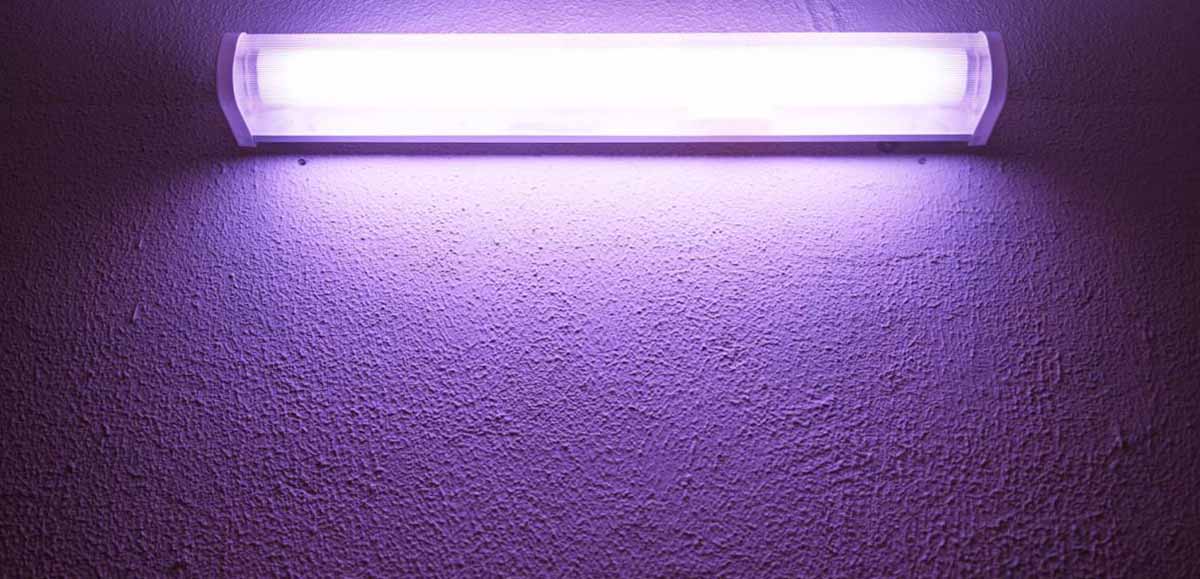
UV Light Bulbs
Conclusions
UV-C lighting represents a powerful tool, but safe and effective use demands proper knowledge and rigorous adherence to guidelines. Following clear safety standards, installing properly, handling bulbs carefully, and regularly maintaining your equipment helps you avoid unnecessary risks and reap maximum benefits. At Logos Lighting, we’ve seen firsthand how UV disinfection, when handled correctly, delivers impressively safe and effective results for our global clients.
Still have questions or want to find the perfect UV lighting solutions? Please feel free to reach out to us directly. We’re here to help you stay safe and germ-free!
Request A Free Quote Now!
Send us a message if you have any questions or request a quote. We will get back to you ASAP!



